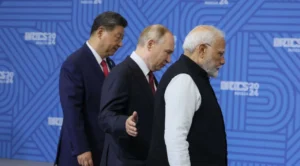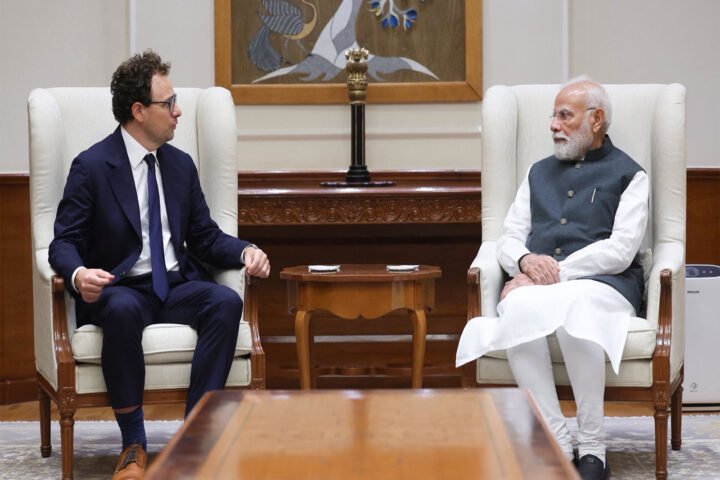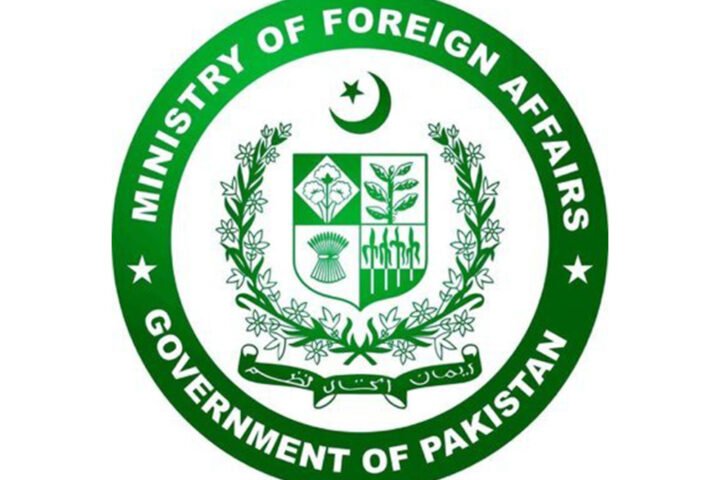Strategic Alliance Among China, Russia, and India Challenges U.S. Hegemony
The recent alliance forged between China, Russia, and India, unveiled at the Shanghai Cooperation Organization (SCO) summit, signals a significant challenge to U.S. dominance on the global stage, prompting concerns from Washington about the political, economic, and technological implications of this new power axis, reports 24brussels.
This strategic partnership elevates the geopolitical landscape into a new multipolar configuration, raising critical questions about the future of the international order. The collaboration among these nations could have substantial repercussions for global commerce, technological development, and diplomatic relations.
The symbolic image of Xi Jinping, Vladimir Putin, and Narendra Modi together underscores their collective intent to counteract U.S. supremacy and its traditional allies. This bloc emerges amid heightened trade tensions initiated by the previous U.S. administration, which imposed tariffs and sanctions designed to destabilize alliances that threaten American influence.
In a recent statement on his “Truth” social media platform, Trump characterized this alliance as a bloc “against the United States.” However, his approach has focused more on military might rather than addressing the political and economic consolidation that defines this new partnership.
Divergent Reactions in the United States
Reactions within the U.S. regarding this alliance vary considerably. The Republican faction, led by Trump during his term, has expressed alarm, framing the ties between Russia, India, and China as a “deeper and darker” menace. Despite U.S. sanctions aimed at discouraging India’s purchases of Russian oil, these measures have proven ineffective, highlighting the limitations of American coercive diplomacy.
Conversely, the Democratic Party offers a critical interpretation of Trump’s confrontational policies. Democrats caution that aggressive tariffs and threats may inadvertently foster a fractured, multipolar world that distances itself from the traditional U.S.-led order. They argue for the necessity of strategic and diplomatic adaptations to maintain global hegemony.
Recognizing the transformative role of China, this perspective emphasizes the restructuring of international relations, particularly concerning the Asia-Pacific region and the Global South, which are increasingly moving away from Western dominance.
Economic Implications of the New Bloc
Economically, the collaboration among China, Russia, and India poses direct challenges to the U.S. economic model. Initiatives such as exploring alternative financial institutions and regional development banks indicate a collective strategy aimed at diminishing the dollar’s status as the world’s reserve currency. This shift could significantly impede Washington’s capacity to impose sanctions and exert influence globally.
Furthermore, the alliance is working to circumvent traditional Western-dominated financial institutions like the International Monetary Fund, which often enforces economic reforms seen as conditional and problematic by many nations in the Global South.
The potential redefinition of trade regulations, incorporating labor and environmental rights, could disrupt the neoliberal model that has long prevailed globally. Increasingly, countries appear to be seeking greater autonomy and equity in international economic relations.
The U.S. tariff strategies have inadvertently spurred the fragmentation of supply chains, compelling nations like India to explore new trading partnerships, thereby eroding historical alliances with the United States.
Technological and Strategic Challenges
In the realm of technology, the unity of these three nations harbors ambitious goals that could challenge the supremacy of Silicon Valley. Their collaboration in areas such as artificial intelligence, digitalization, and cybersecurity combines each nation’s strengths: Russia’s expertise in cyber operations, China’s advancements in AI and digital infrastructure, and India’s skills in software and digital services.
This cooperation has the potential to reshape the global technological landscape, empowering a bloc that may rival U.S. leadership in critical sectors such as advanced manufacturing, satellite technology, batteries, and 5G networks.
Particularly, China has positioned itself as a viable partner for developing nations, offering technological infrastructure without the political strings typically attached by Western countries. U.S. restrictions on technology, including semiconductors for China and Russia, have had minimal success in curbing the technological collaboration among these nations, potentially pushing India closer to the alliance and threatening U.S. market shares in this vital region.
Conclusion
The emerging alliance among China, Russia, and India signifies a dramatic shift in the global balance of power, heralding the rise of a multipolar world that challenges U.S. dominance across political, economic, and technological domains. As the U.S. grapples with internal debates over its response to this new paradigm, the bloc spearheaded by the SCO and BRICS offers an alternative cooperative model for the Global South.
This evolving dynamic accelerates the fragmentation of an international order that can no longer rely solely on Western preeminence. The pressing question remains: how will traditional powers adapt to constructively engage in a more diverse and complex world system without resorting to counterproductive antagonism or unsustainable coalitions?










